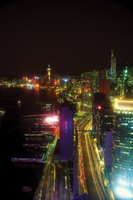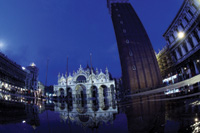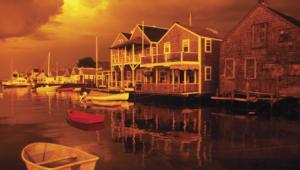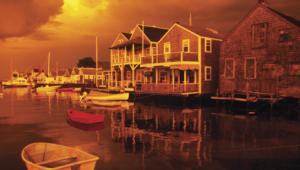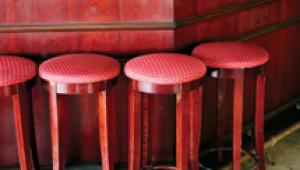Passport
The Business Side; The Importance Of A Model Release
If travel photography were
all about travel, I'd be a lot happier. For some of you, it probably
is all about the experience of discovering new places, revisiting favorite
ones, and creatively recording special moments and memories. But for
me, there's the business side to consider, and although many years
of experience have taught me to deal with it fairly smooth and professionally,
I can never take it for granted. |
||||
There are different types of
releases, including blanket releases, long forms, short forms, releases
for minors, and so on. Where can you learn more about them, and where
can you get them? Search the Internet as a start--look for shareware
releases, short forms and long forms. Check books on the photo business.
Pro organizations, like the American Society of Media Photographers (ASMP)
provide release forms to their members. I recommend that as a travel photographer
you take a look at Susan McCartney's book, Travel Photography: A
Complete Guide to How to Shoot and Sell, in which there are short form
releases in about 30 different languages. |
||||
Recognizable people aren't
the only subjects that require releases if you're thinking of selling
your pictures. A recognizable property--a hotel, museum, art gallery,
resort, ship, you-name-it--must be released. Often you don't
need any special permission to take pictures on the property, but that's
not the same as not needing permission to use the image commercially.
|
||||
The Paper Trail |


